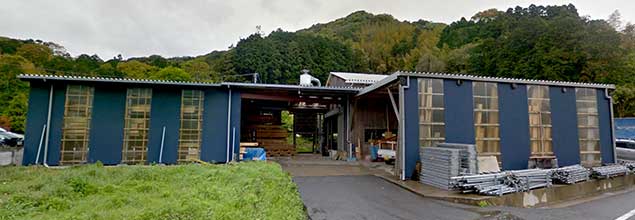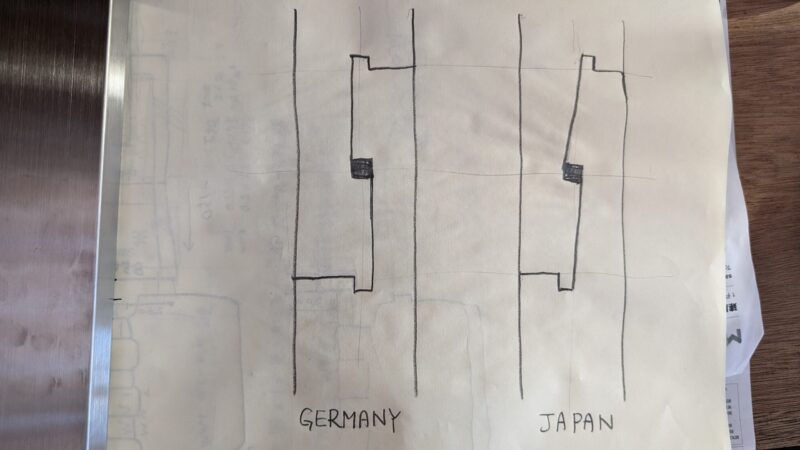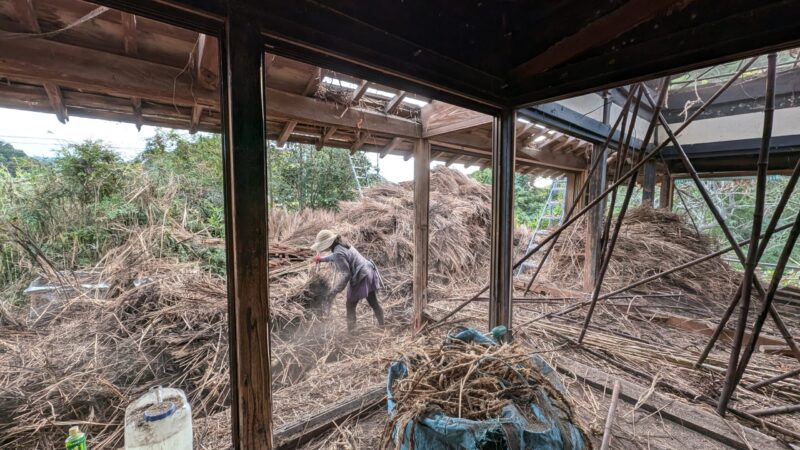Traditional Construction and Carpentry in Synergy with Leading-edge Innovations
Properly trained Japanese carpenters know all about wood
The methods that created some of the world’s oldest continuously standing wooden structures have changed little over the centuries. They have evolved, but slowly and only after proving their advantages.
Knowing the Old and the New
Japanese Wood from Sustainable Local Forests
Did you know? Iimported lumber is ofen unsuited to Japan’s climate
Murakami uses local wood with traditional hand-cut technique
Murakami uses local wood as much as possible and makes the most of each log, milling it in-house to make everything from beams to floorboards – thereby minimizing waste.
Solid, natural wood contributes to a healthy house and a sustainable environment.
A Better Way to Build Your Dream House – with Timber Frame Joinery
Tradition plus Creation
With Murakami you can enjoy the best of both worlds – all the aesthetic pleasure of natural wood, lovingly hand-crafted using authentic Japanese joinery techniques, plus the freedom to create a dream space that is truly yours in every detail.
Many of Murakami’s clients seek him out after learning – to their surprise – that most traditional builders in Japan are not eager to try anything new. Murakami is the opposite. He apprenticed in Awaji-Island with one of the most respected master carpenters in Japan, but he also has a degree in architecture and loves a challenge.
Architecture that Makes Your Dreams into a Home – but Who Will Design It?
Murakami as a carpenter and as an architect
Or he himself can provide the professional design and planning expertise you need, plus the experience and knowledge of Japanese traditional craftsmanship to bring out its full potential in natural wood.
Aesthetics balanced with regulatory and structural requirements
Murakami’s work reflects a rare combination of fine artisanry, fresh ideas and structural engineering that goes above and beyond Japan’s most stringent regulatory requirements for quake-resistance, weatherproofing and thermal insulation.





